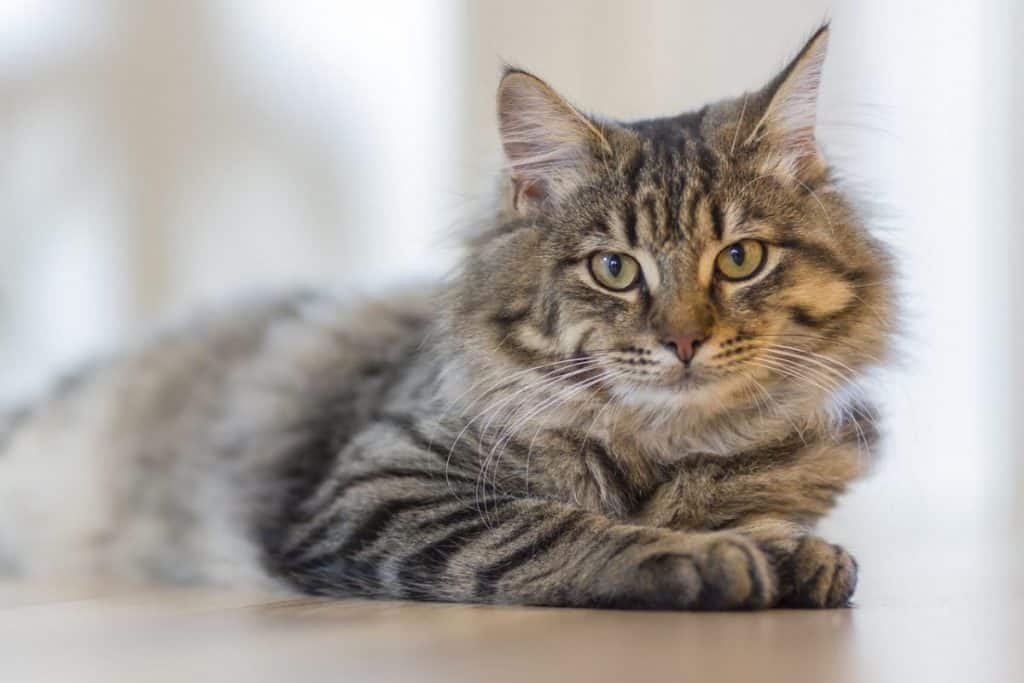
Think that your cat’s purring is pretty loud? Think again! The Adams family of Northamptonshire, England is said to have the world’s loudest cat purr. While the average cat’s purrs reach 25 decibels, Smokey, a 12-year-old British Shorthair, can purr at a range of 80 to 92 dBs. Scientists say that this is equivalent to a lawnmower or blow dryer loud enough to cause long-term hearing loss!
Still, the question remains, why do cats purr?
Most people think that cats purr only when they are content. However, cats purr for other reasons like when they feel frightened, threatened, pain, ill, injured, and even when they are in labor or dying. Domestic cats are not the only animals that purr either. Wild cats that do not roar like mountain lion and bobcats also purr as do guinea pigs and raccoons.
The science behind a cat’s purring is a bit of a mystery and there are lots of theories on the subject. Animal behavioral researchers say purring starts in the cat’s brain. Signals from the brain cause their vocal cords to twitch as they inhale and exhale (25 to 150 Hz, vibrations per second). This causes a purring sensation that cat owners can feel and hear.
A cat’s purring frequency (25 Hz) is key to the myth that cats have nine lives. The particular sound frequency is often used for therapy. When a cat purrs it stimulates bone growth and heals tendons, ligaments, and muscles. It’s suggested that this is why cats usually survive in dangerous conditions, almost as if they had extra lives. Cats also reduce stress levels and lower blood pressure in their owners, thanks to their purring.
The Adams family has been blessed by their purring, celebrity kitty. Smokey has landed in the Guinness World Record and has made various appearances at animal events around the world. Her book, Smokey: The Very Loud Purring Cat, was recently released in October. If you visit her website, Smokeythepurringcat.com, you can order your own copy with the author’s paw-graph.









